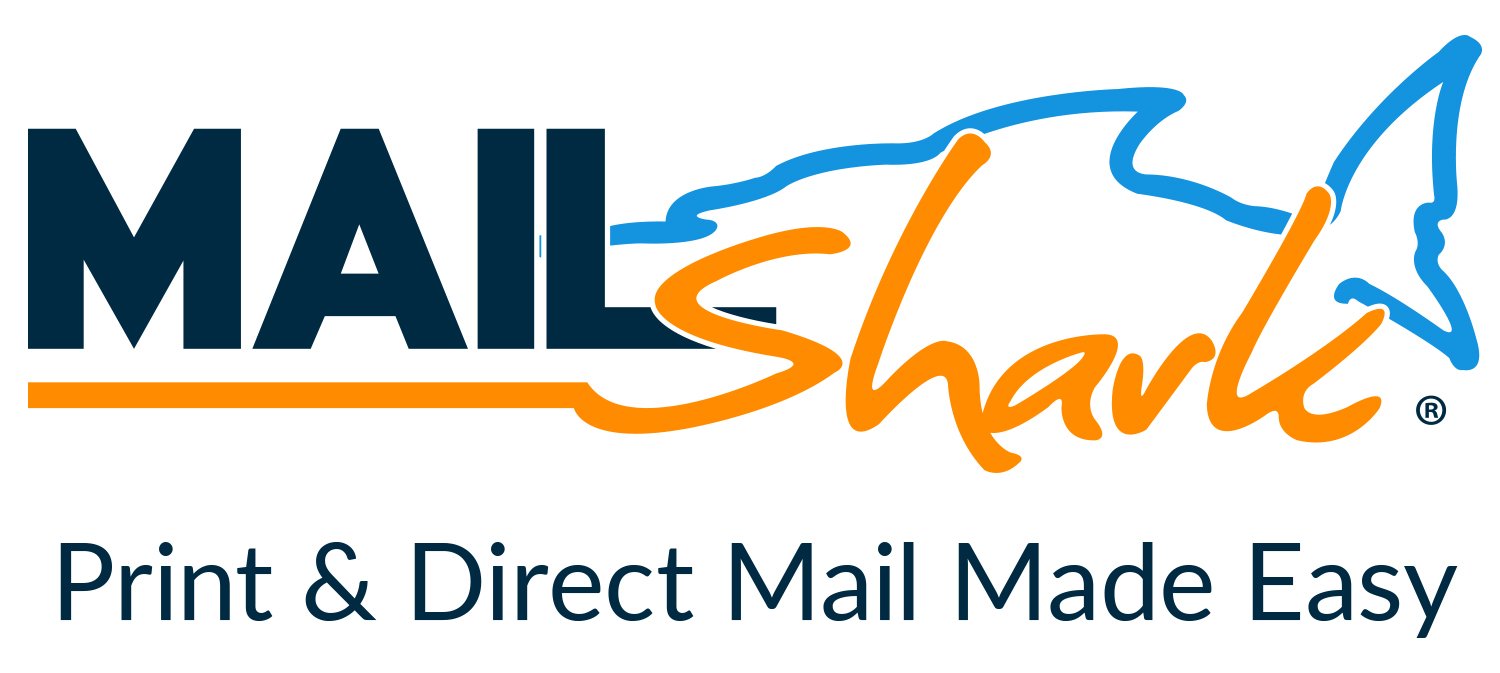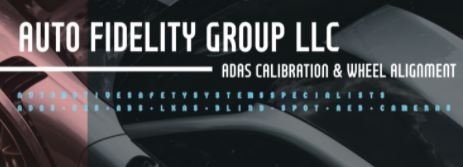6 Tips To Reducing Comebacks
-
Available Subscriptions
-
Have you checked out Joe's Latest Blog?
-
By Joe Marconi in Joe's Blog0 commentsIt always amazes me when I hear about a technician who quits one repair shop to go work at another shop for less money. I know you have heard of this too, and you’ve probably asked yourself, “Can this be true? And Why?” The answer rests within the culture of the company. More specifically, the boss, manager, or a toxic work environment literally pushed the technician out the door.
While money and benefits tend to attract people to a company, it won’t keep them there. When a technician begins to look over the fence for greener grass, that is usually a sign that something is wrong within the workplace. It also means that his or her heart is probably already gone. If the issue is not resolved, no amount of money will keep that technician for the long term. The heart is always the first to leave. The last thing that leaves is the technician’s toolbox.
Shop owners: Focus more on employee retention than acquisition. This is not to say that you should not be constantly recruiting. You should. What it does means is that once you hire someone, your job isn’t over, that’s when it begins. Get to know your technicians. Build strong relationships. Have frequent one-on-ones. Engage in meaningful conversation. Find what truly motivates your technicians. You may be surprised that while money is a motivator, it’s usually not the prime motivator.
One last thing; the cost of technician turnover can be financially devastating. It also affects shop morale. Do all you can to create a workplace where technicians feel they are respected, recognized, and know that their work contributes to the overall success of the company. This will lead to improved morale and team spirit. Remember, when you see a technician’s toolbox rolling out of the bay on its way to another shop, the heart was most likely gone long before that.
-
-
Similar Topics
-
By Joe Marconi
Premium Member Content
This content is hidden to guests, one of the benefits of a paid membership. Please login or register to view this content.
-
By Joe Marconi
Premium Member Content
This content is hidden to guests, one of the benefits of a paid membership. Please login or register to view this content.
-
By carmcapriotto
Thanks to our Partners, AAPEX, NAPA TRACS, and Automotive Management Network "Research has shown that people forget 90% of what they "learn" in 30 days unless it's reinforced. But reinforcement isn't enough. Today's Class training uses forced recall, a method that creates pathways in a learner's brain, helping them retain information more effectively." David Boyes, from Today's Class, discusses how daily gamification on Today's Class' app can enhance engagement and learning through individual and team-based competitions, rewards points, and prizes. “It’s microdosing of training. It’s a set of daily questions on a daily basis." David Boyes, President of ‘Today’s Class” An online learning organization that has been supporting the automotive industry for more than 20 years. David's previous episodes HERE Show Notes
Daily Dose of Top Tier Training: Today’s Class [THA 371]: https://remarkableresults.biz/remarkable-results-radio-podcast/a371/ Today’s Class: Adaptive Learning Technology [RR 879]: https://remarkableresults.biz/remarkable-results-radio-podcast/e879/ Training Platform (00:01:52) David Boyes talks about his training platform, Today's Class, and its relevance in the industry. Gamification and Engagement (00:02:08) The discussion on how gamification can be used to encourage engagement and learning in the automotive industry. Gamification Features (00:03:03) The various forms of gamification and its role in enhancing the overall learning experience. Rewards Points and Competition (00:04:01) The use of rewards points and individual/ team-based competition as default gamification features. Customizing Gamification (00:05:15) How Today's Class can be tailored to fit the unique needs and culture of each organization. Incentives and Prizes (00:09:06) The potential for using awards, prizes, and bragging rights to drive desired behaviors. Team-Based Engagement (00:07:13) The power of team-based engagement and how it can benefit the overall team dynamic. Training Platform Overview (00:07:54) A brief explanation of Today's Class as a training platform with a different approach to traditional online training. Variety in Gamification Goals (00:09:06) The importance of variety in gamification goals to keep the learning experience fresh and engaging. Innovative Gamification Ideas (00:10:55) Creative ideas and examples of gamification rewards and incentives used by different groups. Leaderboards and Competition (00:12:36) The visibility of leaderboards and the inter-competitive play between different shops. Collaboration and Contributions (00:17:16) The involvement of parts providers or tool trucks in providing rewards and incentives for gamification. Duration of Competitions (00:19:10) The duration of gamification competitions, whether they typically last monthly or quarterly. Gamification Reset Frequency (00:19:31) David explains the importance of resetting the scoreboard monthly for a fresh competition. Setting Up Gamification Groups (00:22:46) David explains the process for onboarding new shops into gamification groups and the 90-day training cycle. Gamification as a Benefit (00:24:16) David emphasizes that gamification is a benefit but not enough to drive the platform's usage, highlighting the importance of learning and development. Thanks to our Partners, AAPEX, NAPA TRACS, and Automotive Management Network Set your sights on Las Vegas in 2024. Mark your calendar now … November 5th-7th, 2024. AAPEX - Now more than ever. And don’t miss the next free AAPEX webinar. Register now at http://AAPEXSHOW.COM/WEBINAR NAPA TRACS will move your shop into the SMS fast lane with onsite training and six days a week of support and local representation. Find NAPA TRACS on the Web at http://napatracs.com/ Get ready to grow your business with the Automotive Management Network: Find on the Web at http://AftermarketManagementNetwork.com for information that can help you move your business ahead and for the free and informative http://LaborRateTracker.com Connect with the Podcast: -Follow on Facebook: https://www.facebook.com/RemarkableResultsRadioPodcast/ -Join Our Private Facebook Community: https://www.facebook.com/groups/1734687266778976 -Join Our Virtual Toastmasters Club: https://remarkableresults.biz/toastmasters -Subscribe on YouTube: https://www.youtube.com/carmcapriotto -Follow on LinkedIn: https://www.linkedin.com/in/carmcapriotto/ -Follow on Instagram: https://www.instagram.com/remarkableresultsradiopodcast/ -Follow on Twitter: https://twitter.com/RResultsBiz -Visit the Website: https://remarkableresults.biz/ -Join our Insider List: https://remarkableresults.biz/insider -All books mentioned on our podcasts: https://remarkableresults.biz/books -Our Classroom page for personal or team learning: https://remarkableresults.biz/classroom -Buy Me a Coffee: https://www.buymeacoffee.com/carm -The Aftermarket Radio Network: https://aftermarketradionetwork.com -Special episode collections: https://remarkableresults.biz/collections
Click to go to the Podcast on Remarkable Results Radio
-
By carmcapriotto
Thanks to our Partners, Shop Boss, and 360 Payments By setting realistic expectations, providing necessary support and training, fostering a positive work environment, and maintaining transparency and honesty, business owners can create a more productive and harmonious workplace. Implementing these actionable tips from Kevin Eckler can help reduce turnover, improve employee satisfaction, and ultimately lead to a more successful business. Kevin Eckler, Foreign Car Specialists, Poughkeepsie, NY. Listen to Kevin’s previous episodes HERE. Show Notes
The challenges in the automotive industry (00:00:06) Discussion about the struggles and shortcomings in hiring and managing employees in the automotive industry. Setting up employees for failure (00:01:01) The tendency to bring in new employees without realistic expectations and necessary support, leading to repeated failures. Lack of support and training for new employees (00:02:43) Failure to equip new employees with the tools, support, and training needed for success in their positions. Creating a toxic work environment (00:03:40) The impact of avoiding confrontations and failing to address issues on creating a toxic work environment and setting employees up to fail. Self-awareness and accountability (00:06:34) The importance of self-awareness in how one's actions and words influence the atmosphere and attitude in the workplace. Honesty about the challenges and vision of the business (00:08:08) The importance of being honest about the difficulties and vision of the business when bringing in new employees and setting realistic expectations. Thanks to our Partners, Shop Boss, and 360 Payments Shop Boss – Shop Management Software built by shop owners, for shop owners. It works the way you need it to, right out of the box. Find on the web at https://shopboss.net Connect with the Podcast: -Follow on Facebook: https://www.facebook.com/RemarkableResultsRadioPodcast/ -Join Our Virtual Toastmasters Club: https://remarkableresults.biz/toastmasters -Join Our Private Facebook Community: https://www.facebook.com/groups/1734687266778976 -Subscribe on YouTube: https://www.youtube.com/carmcapriotto -Follow on LinkedIn: https://www.linkedin.com/in/carmcapriotto/ -Follow on Instagram: https://www.instagram.com/remarkableresultsradiopodcast/ -Follow on Twitter: https://twitter.com/RResultsBiz -Visit the Website: https://remarkableresults.biz/ -Join our Insider List: https://remarkableresults.biz/insider -All books mentioned on our podcasts: https://remarkableresults.biz/books -Our Classroom page for personal or team learning: https://remarkableresults.biz/classroom -Buy Me a Coffee: https://www.buymeacoffee.com/carm -The Aftermarket Radio Network: https://aftermarketradionetwork.com -Special episode collections: https://remarkableresults.biz/collections
Click to go to the Podcast on Remarkable Results Radio

-
By carmcapriotto
Thanks to our Partner, NAPA Autotech
Matt Fanslow and guest Tanner Brandt discuss the recent assassination attempt on former President Donald Trump, the state of the country, and the impact of political polarization. They explore how media influences public opinion and the role of political figures in shaping societal views. The conversation highlights the need for civil discourse, critical thinking, and seeking diverse perspectives to counteract the echo chamber effect of social media. understanding in political discussions.
Show Notes
The assassination attempt on Donald Trump (00:01:19) Reactions and media influence (00:03:07) Civil discourse and collaboration (00:06:14) Impact of political polarization (00:09:24) Media influence and party allegiance (00:13:15) The 24-hour news cycle and political leanings (00:17:31) The influence of social media algorithms (00:21:19) Creating echo chambers and misinformation (00:25:11) Social media's impact on the youth and political divide (00:30:17) The need for leadership and setting an example (00:33:24) Raising Respectful Kids (00:34:24) Generational Toughness (00:35:13) Understanding Power Dynamics (00:36:09) Real Life vs. Online Behavior (00:37:36) Media Influence and Perception (00:41:16) Seeking Positive News (00:42:50) Finding a Hobby (00:45:18) Avoiding Politicization (00:49:05) NASTF (00:49:55) Congress Behavior (00:51:15) Congressional Discussions (00:52:32) Ego in Politics (00:55:24) Economic and Social Issues (00:59:02) Interest Rates and Younger Generations (01:00:44) Healthcare and Future Concerns (01:02:24) Local Governance and Youth Leadership (01:05:26) Caring for the Community (01:06:34) Striving for Better (01:07:38) Social Media Impact (01:08:46) Forming Opinions (01:10:06) Media Influence (01:11:14)
Thanks to our Partner, NAPA Autotech napaautotech.com
Email Matt: [email protected]
Diagnosing the Aftermarket A - Z YouTube Channel HERE
Aftermarket Radio Network: https://aftermarketradionetwork.com/
Click to go to the Podcast on Remarkable Results Radio
-
-
-
Our Sponsors












Recommended Posts
Create an account or sign in to comment
You need to be a member in order to leave a comment
Create an account
Sign up for a new account in our community. It's easy!
Register a new accountSign in
Already have an account? Sign in here.
Sign In Now